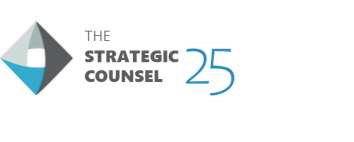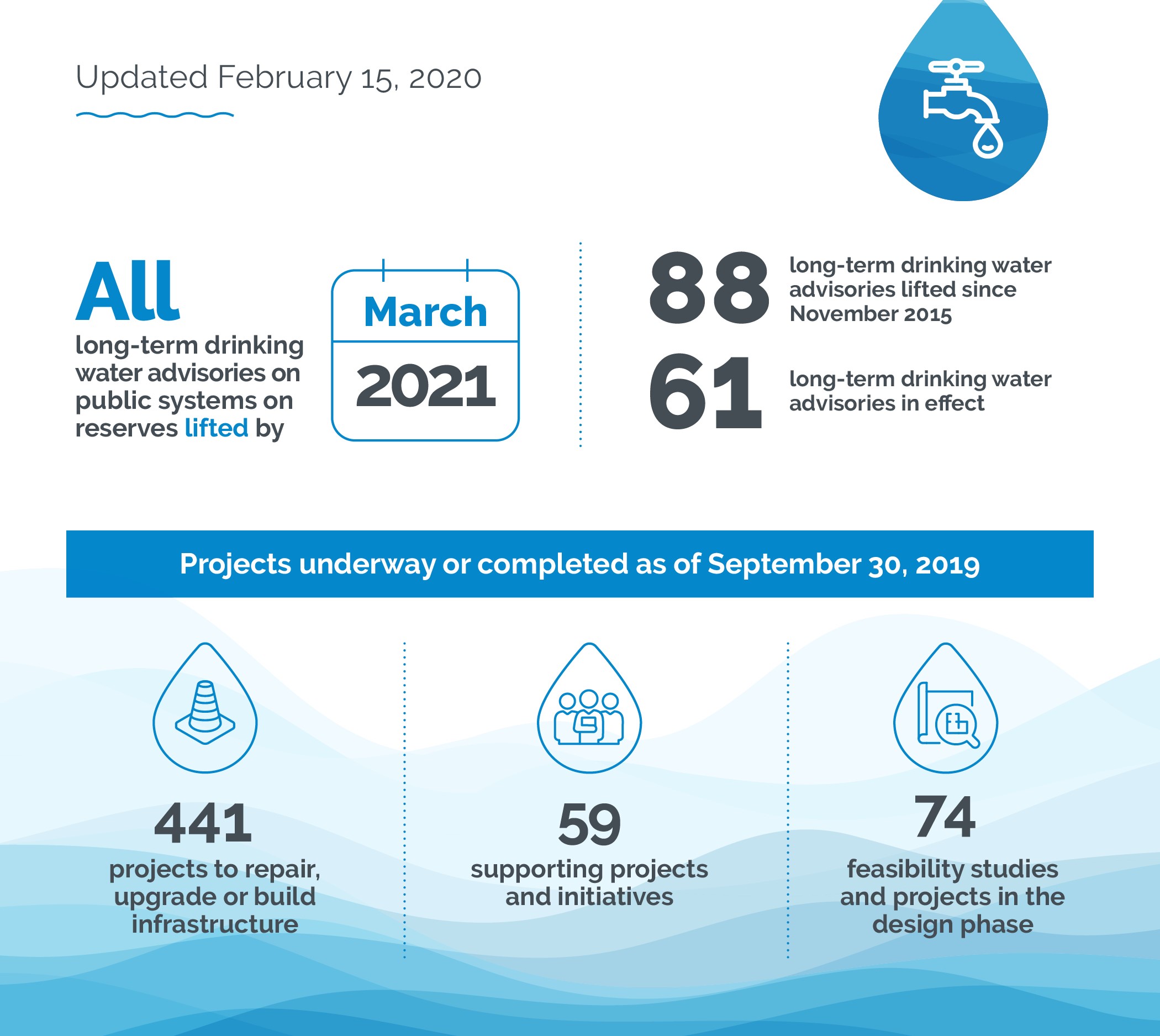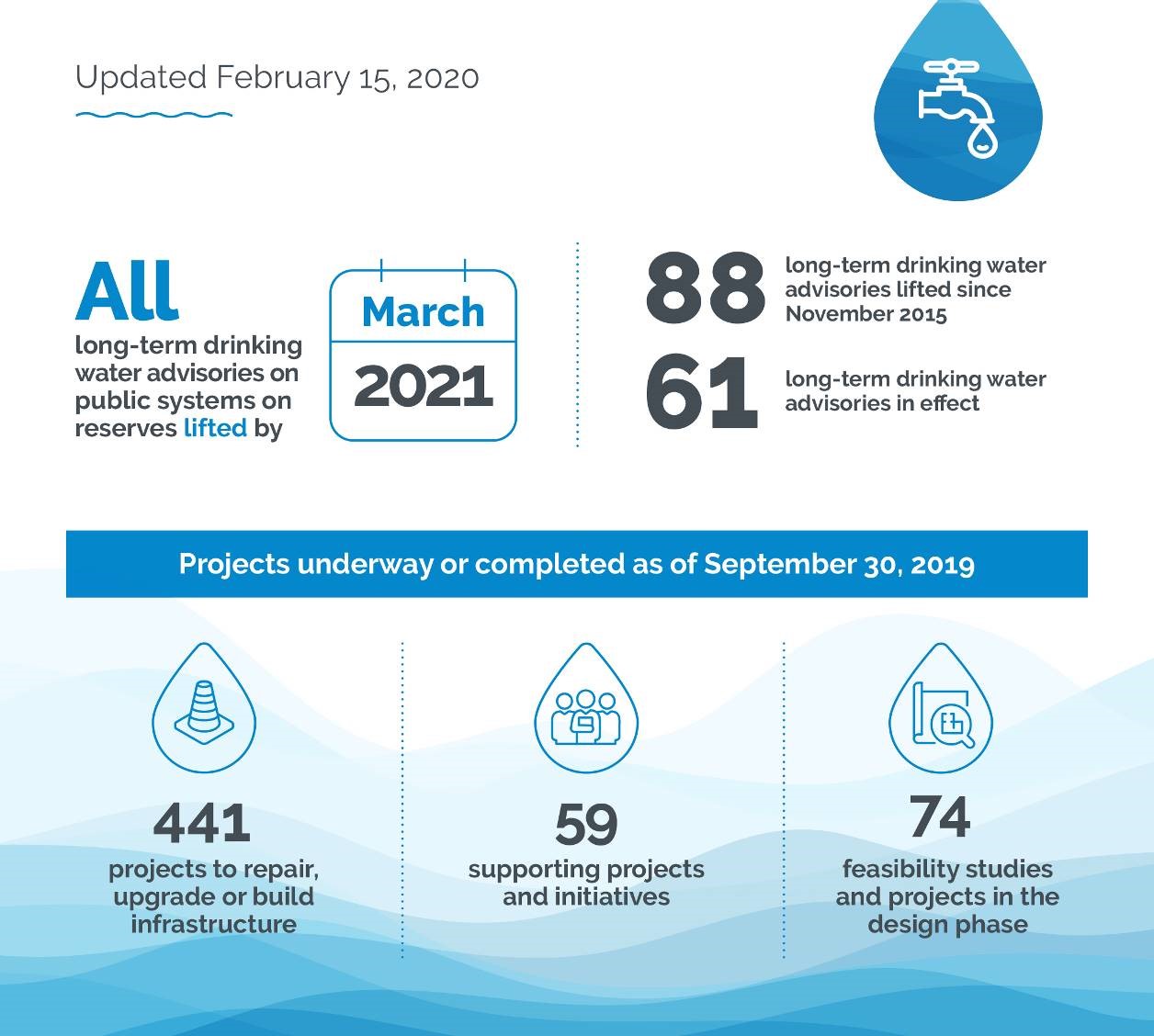



Target audience
| LOCATION | GROUP | LANGUAGE | DATE | TIME (EST) | GROUP COMPOSITION | NUMBER OF PARTICIPANTS |
|---|---|---|---|---|---|---|
| Nova Scotia | 1 | English | Nov 3 | 5:00-7:00 pm | General population | 7 |
| Experiencing 2nd Wave – Major Centres Quebec (Montreal, Montérégie, Quebec City) | 2 | French | Nov 5 | 6:00-8:00 pm | Parents of school-age children | 5 |
| Experiencing 2nd Wave – Major Centres Ontario (Ottawa, Toronto, Peel and York Region) | 3 | English | Nov 9 | 6:00-8:00 pm | Parents of school-age children | 8 |
| Saskatchewan | 4 | English | Nov 10 | 8:00-10:00 pm | EI/Recovery Benefit Recipients | 5 |
| Newfoundland | 5 | English | Nov 12 | 4:30-6:30 pm | General population | 5 |
| Calgary | 6 | English | Nov 16 | 8:00-10:00 pm | Post-secondary students - women | 7 |
| GMA | 7 | French | Nov 17 | 6:00-8:00 pm | Post-secondary students - men | 7 |
| B.C. | 8 | English | Nov 19 | 8:00-10:00 pm | Indigenous | 8 |
| Mid-size Centres Quebec | 9 | French | Nov 23 | 6:00-8:00 pm | General population | 7 |
| Lower Mainland B.C. | 10 | English | Nov 25 | 8:00-10:00 pm | General population | 8 |
| GTA and Southwest Ontario | 11 | English | Nov 26 | 6:00-8:00 pm | EI/Recovery Benefit Recipients | 6 |
| Whitehorse | 12 | English | Nov 30 | 8:00-10:00 pm | General population | 8 |
| Total number of participants | 81 | |||||
The above video begins with scene of a woman sitting in her car. She puts on a non-medical mask and then enters a store. The next scene shows multiple young people gathered in a living room, laughing and sharing drinks and food. The scene then shifts to a man asleep on an airplane with his mouth open. Accompanying voiceover for these three scenes says ”Every time you wear a mask, remember, it is so one day we can all go back to doing this, and this.” The next set of three scenes starts with a man washing his hands with soap and water and a young woman brings him a towel, followed by a birds eye view of people raising a toast and the last scene shows an older couple dancing together in a small group. The voiceover accompanying these scenes says “Every time you wash your hands, remember, that eventually, it will all be worth it for them, and them.” The final set of scenes follows a series of clips including a young man on a video call with his friends, an outdoor wedding, a DJ playing for a large crowd and finally a scene of a hockey game where two friends are cheering in the stands together. Accompanying voiceover says “Every time you hang out here, remember that at some point, we’ll all be able to get together here, here and here.” A blue screen with white text then appears that reads “Keep following COVID-19 public health measures.” with the URL ‘canada.ca/coronavirus’ and phone number ‘1-833-784-4397’ written at the bottom of the screen. The voiceover then says “Protect yourself and others from COVID-19. A message from the Government of Canada.” The ad ends on a black screen with the Government of Canada wordmark.
The above video begins with a scene of a young woman entering a party with purple glitter on her and hugging a young man. By hugging, the young woman passes the glitter onto the young man’s sweater. The scene cuts to the man eating from a bowl of chips with purple glitter on them and the young woman holds his hand. The next scene cuts to the same young man, now at home in his kitchen. He has glitter on his clothes and it is also all over his kitchen, including on the counter, fridge, and cupboards. There is a box of cookies on the counter that he is eating from, also covered in glitter. The young man’s mother walks in, wearing a housecoat. She comes over and eats a cookie from the glitter-covered box. A male voiceover says, “Is going to a party really worth it?” The final scene pan to the mother, eating the cookie. She, too, now has glitter around her mouth and reaches for another cookie from the glittery box, next to a milk cup with the same glitter on it. An overlay of text on the screen as well as a female voiceover says, “Putting yourself at risk puts everyone at risk.” A light pink screen with darker pink font then appears, along with audio, reading “Help limit the spread of COVID-19.” The word COVID-19 on screen is in yellow and has purple glitter behind it. The ad ends on a black screen and the Government of Canada wordmark is shown.
The above video features Dr. Theresa Tam sitting at a desk with a mask and hand sanitizer nearby and a Canada flag in the background. Dr. Tam’s full title of Chief Public Health Officer of Canada is shown on the left hand side of the screen throughout the video. Dr. Theresa Tam says the following: “The COVID-19 pandemic in Canada is serious. We must continue to practice all public health measures. Follow local guidelines for gatherings, maintain physical distancing, wash your hands, wear a mask and download the COVID Alert App. If you have symptoms, even mild ones, stay home. Protect yourself and others. We’ve come too far to stop now.” Near the end of the ad, the following white text is overlaid at the bottom of the screen: ‘Learn more at Canada.ca/coronavirus or 1-833-784-4397.’ The ad ends on a black screen and the Government of Canada wordmark is shown with accompanying voiceover: “A message from the Government of Canada.”
1 https://www.rcaanc-cirnac.gc.ca/eng/1100100028614/1539611557572

This infographic features a white background with a graphic of blue waves across the bottom third of the page. On the top left, the version date “Updated February 15, 2020” in written grey font underlined by a dark blue waved line. On the top right, there is a blue water droplet with a white icon of a tap inside that is leaking a drop of water. In the middle of the infographic to the left, text reads, “All long-term drinking water advisories on public systems on reserved lifted by” in grey font, but the words “all” and “lifted” are in blue. Next to this text, there is a calendar icon with “March 2021” written inside. In the middle of the infographic to the right, text reads “88 long-term drinking water advisories lifted since November 2015” and “61 long-term drinking water advisories in effect.” At the bottom of the infographic, spanning across the page, a blue banner reads, “Projects underway or completed as of September 30, 2019” in white text. The bottom third of the infographic is divided into three sections separated by dotted lines. Each section features an icon of a blue water droplet icon and a statistic. The left section shows pylon icon in the water droplet and, below it, in grey text reads “441 projects to repair, upgrade or build infrastructure.” The middle section features an icon of three people in the water droplet and, below it, in grey text reads “59 supporting projects and initiatives”. The right section features a map icon with a magnifying glass and, below it, in grey text reads “74 feasibility studies and projects in the design phase.”
| GROUP | DATE | TIME (EST) | TIME (LOCAL) | LOCATION | COMPOSITION | MODER-ATOR |
|---|---|---|---|---|---|---|
| 1 | Tues., Nov. 3 | 5:00-7:00 | 6:00-8:00 (AST) | Nova Scotia | Gen Pop | DN |
| 3 | Mon., Nov. 9 | 6:00-8:00 | 6:00-8:00 (EST) | Experiencing 2nd Wave – Ottawa, Toronto, Peel and York Regions | Parents of school-aged children | DN |
| 4 | Tues., Nov. 10 | 8:00-10:00 | 7:00-9:00 (CST) | Saskatchewan | CERB Replacement Recipients | TBW |
| 5 | Thurs., Nov. 12 | 4:30-6:30 | 6:00-8:00 (NST) 5:30-7:30 (ADT) | Newfoundland/Labrador | Gen Pop | DN |
| 6 | Mon., Nov. 16 | 8:00-10:00 | 6:00-8:00 (MST) | Calgary | Post-secondary students (women) | DN |
| 8 | Thurs., Nov. 19 | 8:00-10:00 | 5:00-7:00 (PST) | B.C. | Indigenous peoples | DN |
| 10 | Wed., Nov. 25 | 8:00-10:00 | 5:00-7:00 (PST) | Lower Mainland B.C. | Gen Pop | TBW |
| 11 | Thurs., Nov. 26 | 6:00-8:00 | 6:00-8:00 (EST) | GTA and Southwestern Ontario – London, Windsor, Cambridge, Guelph, Kitchener | CERB replacement recipients | DN |
| 12 | Mon., Nov. 30 | 8:00-10:00 | 6:00-8:00 (MST) | Whitehorse | Gen Pop | DN |
| LOCATION | CITIES | |
|---|---|---|
| Nova Scotia | Cities could include (but are not limited to): Amherst, Antigonish, Bridgewater, Cape Breton, Glace Bay, Halifax, Kentville, Liverpool, New Glasgow, Truro, Wolfville, Windsor, Yarmouth MAX OF 3 PARTICIPANTS FROM HALIFAX. ENSURE A GOOD MIX OF CITIES ACROSS THE REGION. INCLUDE THOSE RESIDING IN LARGER AND SMALLER COMMUNITIES. |
CONTINUE - GROUP 1 |
| Experiencing the 2nd wave – Ottawa, Toronto, Peel and York Regions | Ottawa-Carleton, Toronto, Peel Region (Brampton, Mississauga, Caledon), York Region (Aurora, East Gwilimbury, Georgina, King, Markham, Newmarket, Richmond Hill, Vaughn, Whitchurch-Stouffville) 2 PARTICIPANTS FROM EACH REGION. ENSURE A GOOD MIX OF CITIES ACROSS THE REGION. |
CONTINUE - GROUP 3 |
| Saskatchewan | Cities could include (but are not limited to): Saskatoon, Regina, Prince Alberta, Moose Jaw, Yorkton, Swift Current, North Battleford, Lloydminster, Estevan, Warman, Weyburn, Martensville, Melfort, Humboldt, Meadow Lake MAX 2 PARTICIPANTS FROM EACH MAJOR CITY – SASKATOON AND REGINA. ENSURE A GOOD MIX OF CITIES ACROSS THE REGION. INCLUDE THOSE RESIDING IN LARGER AND SMALLER COMMUNITIES. |
CONTINUE - GROUP 4 |
| Newfoundland/ Labrador | Cities could include (but are not limited to): St. John’s, Mount Pearl, Corner Brook, Conception Bay South, Paradise, Grand Falls-Windsor, Gander, Happy Valley-Goose Bay, Torbay, Labrador City, Portugal Cove-St. Phillip`s, Stephenville, Clarenville, Bay Roberts, Marystown MAX OF 3 PARTICIPANTS FROM ST. JOHN’S. ENSURE A GOOD MIX OF CITIES ACROSS THE REGION. INCLUDE THOSE RESIDING IN LARGER AND SMALLER COMMUNITIES |
CONTINUE GROUP 5 |
| Calgary | Calgary PARTICIPANTS SHOULD RESIDE IN THE ABOVE-NOTED CENTERS PROPER. |
CONTINUE - GROUP 6 |
| B.C. | Vancouver, Victoria, Kelowna, Abbotsford, Nanaimo, Kamloops, White Rock, Chilliwack, Prince George, Vernon, Port Alberni, Squamish, Prince Rupert, Williams Lake, Kitimat, Smithers MAX 2 PARTICIPANTS FROM THE LOWER MAINLAND. ENSURE A GOOD MIX OF CITIES ACROSS THE REGION. INCLUDE THOSE RESIDING IN LARGER AND SMALLER COMMUNITIES. |
CONTINUE - GROUP 8 |
| Lower Mainland B.C. | Cities could include (but are not limited to): Abbotsford, Burnaby, Chilliwack, Coquitlam, Delta, Hope, Langley, Maple Ridge, Mission, New Westminster, North Vancouver, Port Coquitlam, Port Moody Richmond, Surrey, Vancouver ENSURE A GOOD MIX OF CITIES ACROSS THE REGION. INCLUDE THOSE RESIDING IN LARGER AND SMALLER COMMUNITIES. |
CONTINUE - GROUP 10 |
| GTA and Southwestern Ontario | GTA: City of Toronto, Durham, Halton, Peel, York, Dufferin, Simcoe Regions
SW Ontario: London, Windsor, Cambridge, Guelph, Kitchener
ENSURE 4 PARTICIPANTS FROM THE GTA AND 4 FROM SW ONTARIO. MAX 2 PARTICIPANTS FROM CITY OF TORONTO. ENSURE A GOOD MIX OF CITIES ACROSS THE REGION. |
CONTINUE - GROUP 11 |
| Whitehorse | Whitehorse PARTICIPANTS SHOULD RESIDE IN THE ABOVE-NOTED CENTERS PROPER. |
CONTINUE - GROUP 12 |
| Other | THANK AND END | |
| VOLUNTEERED Prefer not to answer | - | THANK AND END |
| Less than two years | THANK AND END |
|---|---|
| Two years or more | CONTINUE |
| Don’t know/Prefer not to answer | THANK AND END |
| Male | + CALGARY = THANK AND END ALL OTHER GROUPS CONTINUE |
|---|---|
| Female | + CALGARY = GROUP 6 IF CONTINUE FOR ALL GROUPS |
| Child | Grade |
|---|---|
| 1 | |
| 2 | |
| 3 | |
| 4 | |
| 5 |
| Yes | CONTINUE |
|---|---|
| No | THANK AND END |
| Don’t know/Prefer not to answer |
| University – undergraduate | |
|---|---|
| University – post graduate | |
| College | |
| Technical/Trade School (e.g., SAIT or NAIT) | |
| Fine Arts School | |
| VOLUNTEERED Prefer not to answer |
THANK AND END |
| Yes | CONTINUE ENSURE A GOOD MIX OF DIFFERENT INDIGENOUS GROUPS. |
|---|---|
| No | THANK AND END |
| Don’t know/Prefer not to answer |
| Under 18 years of age | IF POSSIBLE, ASK FOR SOMEONE OVER 18 AND REINTRODUCE. OTHERWISE THANK AND END. |
|---|---|
| 18-24 | CONTINUE ENSURE A GOOD MIX OF AGES WITHIN EACH GROUP. PARENTS IN GROUP 3 WILL SKEW YOUNGER-MIDDLE AGED. POST SECONDARY STUDENTS IN GROUP 6 WILL SKEW YOUNGER (18-34). |
| 25-34 | |
| 35-44 | |
| 45-54 | |
| 55+ | |
| VOLUNTEERED Prefer not to answer | THANK AND END |
| GROUPE | DATE | HEURE (DE L’EST) | LIEU | COMPOSITION DU GROUPE | MODÉRATEUR |
|---|---|---|---|---|---|
| 2 | 5 novembre | 18 h-20 h | Montréal, Montérégie, ville de Québec | Parents ayant des enfants d’âge scolaire | M. Proulx |
| 7 | 17 novembre | 18 h-20 h | Grande région de Montréal – y compris Montréal même | Étudiants de niveau postsecondaire (hommes) | M. Proulx |
| 9 | 23 novembre | 18 h-20 h | Grandes villes du Québec | Population générale | M. Proulx |
| LIEU | VILLES | |
|---|---|---|
| Montréal, Montérégie, ville de Québec | Montréal, Montérégie (comprend, entre autres villes : Boucherville, Brossard, Granby, Longueuil, Salaberry-de-Valleyfield, Saint-Jean-sur-Richelieu, Saint-Hyacinthe, Sorel-Tracy, et Vaudreuil-Dorion), ville de Québec PAS PLUS DE TROIS PARTICIPANTS DE LA VILLE DE MONTRÉAL ET DE LA VILLE DE QUÉBEC. ASSURER UNE BONNE REPRÉSENTATION DES VILLES DE LA RÉGION. |
CONTINUER - GROUPE 2 |
| Grande région de Montréal (GRM) – y compris Montréal même | Les villes de la GRM peuvent notamment comprendre : Montréal, Laval, Longueuil, Terrebonne, Brossard, Saint-Jérôme, Blainville, Mirabel, Dollard-des-Ormeaux PAS PLUS DE DEUX PARTICIPANTS DE LA VILLE DE MONTRÉAL. ASSURER UNE BONNE REPRÉSENTATION DES VILLES DANS CHAQUE LIEU. |
CONTINUER - GROUPE 7 |
| Grandes villes du Québec | Ces villes peuvent notamment comprendre : Sherbrooke, Trois-Rivières, Chicoutimi – Jonquière, Saint-Jean-sur-Richelieu, Saint-Jérôme PAS PLUS DE DEUX PARTICIPANTS PAR VILLE. ASSURER UNE BONNE REPRÉSENTATION DES VILLES DE LA RÉGION. |
CONTINUER- GROUPE 9 |
| Autre lieu | - | REMERCIER ET CONCLURE |
| RÉPONSE SPONTANÉE Préfère ne pas répondre | - | REMERCIER ET CONCLURE |
| Moins de deux ans | REMERCIER ET CONCLURE |
|---|---|
| Deux ans ou plus | CONTINUER |
| Ne sais pas/Préfère ne pas répondre | REMERCIER ET CONCLURE |
| Homme | + GRM = GROUPE 7 TOUS LES AUTRES GROUPES CONTINUER |
|---|---|
| Femme | + GRM = GROUPE 7 REMERCIER ET CONCLURE TOUS LES AUTRES GROUPES CONTINUER |
| Enfant | Année |
|---|---|
| 1 | |
| 2 | |
| 3 | |
| 4 | |
| 5 |
| Oui | CONTINUER |
|---|---|
| Non | REMERCIER ET CONCLURE |
| Ne sais pas/Préfère ne pas répondre |
| Université – au premier cycle | |
|---|---|
| Université – aux cycles supérieurs | |
| Collège | |
| École technique ou école de métiers | |
| École des beaux-arts | |
| RÉPONSE SPONTANÉE Préfère ne pas répondre |
REMERCIER ET CONCLURE |
| Moins de 18 ans | SI POSSIBLE, DEMANDER À PARLER À UNE PERSONNE DE 18 ANS OU PLUS ET REFAIRE L’INTRODUCTION. SINON, REMERCIER ET CONCLURE. |
|---|---|
| 18 à 24 | CONTINUER ASSURER UNE BONNE REPRÉSENTATION DES ÂGES DANS CHAQUE GROUPE. LES PARENTS DU GROUPE 2 AURONT TENDANCE À ÊTRE JEUNES OU D’ÂGE MOYEN. LES ÉTUDIANTS DE NIVEAU POSTSECONDAIRE DU GROUPE 7 AURONT TENDANCE À ÊTRE JEUNES (18 À 34 ANS). |
| 25 à 34 | |
| 35 à 44 | |
| 45 à 54 | |
| 55 ans ou plus | |
| RÉPONSE SPONTANÉE Préfère ne pas répondre | REMERCIER ET CONCLURE |
The above video begins with scene of a woman sitting in her car. She puts on a non-medical mask and then enters a store. The next scene shows multiple young people gathered in a living room, laughing and sharing drinks and food. The scene then shifts to a man asleep on an airplane with his mouth open. Accompanying voiceover for these three scenes says ”Every time you wear a mask, remember, it is so one day we can all go back to doing this, and this.” The next set of three scenes starts with a man washing his hands with soap and water and a young woman brings him a towel, followed by a birds eye view of people raising a toast and the last scene shows an older couple dancing together in a small group. The voiceover accompanying these scenes says “Every time you wash your hands, remember, that eventually, it will all be worth it for them, and them.” The final set of scenes follows a series of clips including a young man on a video call with his friends, an outdoor wedding, a DJ playing for a large crowd and finally a scene of a hockey game where two friends are cheering in the stands together. Accompanying voiceover says “Every time you hang out here, remember that at some point, we’ll all be able to get together here, here and here.” A blue screen with white text then appears that reads “Keep following COVID-19 public health measures.” with the URL ‘canada.ca/coronavirus’ and phone number ‘1-833-784-4397’ written at the bottom of the screen. The voiceover then says “Protect yourself and others from COVID-19. A message from the Government of Canada.” The ad ends on a black screen with the Government of Canada wordmark.
GlitterThe above video begins with a scene of a young woman entering a party with purple glitter on her and hugging a young man. By hugging, the young woman passes the glitter onto the young man’s sweater. The scene cuts to the man eating from a bowl of chips with purple glitter on them and the young woman holds his hand. The next scene cuts to the same young man, now at home in his kitchen. He has glitter on his clothes and it is also all over his kitchen, including on the counter, fridge, and cupboards. There is a box of cookies on the counter that he is eating from, also covered in glitter. The young man’s mother walks in, wearing a housecoat. She comes over and eats a cookie from the glitter-covered box. A male voiceover says, “Is going to a party really worth it?” The final scene pan to the mother, eating the cookie. She, too, now has glitter around her mouth and reaches for another cookie from the glittery box, next to a milk cup with the same glitter on it. An overlay of text on the screen as well as a female voiceover says, “Putting yourself at risk puts everyone at risk.” A light pink screen with darker pink font then appears, along with audio, reading “Help limit the spread of COVID-19.” The word COVID-19 on screen is in yellow and has purple glitter behind it. The ad ends on a black screen and the Government of Canada wordmark is shown.
Dr. Theresa TamThe above video features Dr. Theresa Tam sitting at a desk with a mask and hand sanitizer nearby and a Canada flag in the background. Dr. Tam’s full title of Chief Public Health Officer of Canada is shown on the left hand side of the screen throughout the video. Dr. Theresa Tam says the following: “The COVID-19 pandemic in Canada is serious. We must continue to practice all public health measures. Follow local guidelines for gatherings, maintain physical distancing, wash your hands, wear a mask and download the COVID Alert App. If you have symptoms, even mild ones, stay home. Protect yourself and others. We’ve come too far to stop now.” Near the end of the ad, the following white text is overlaid at the bottom of the screen: ‘Learn more at Canada.ca/coronavirus or 1-833-784-4397.’ The ad ends on a black screen and the Government of Canada wordmark is shown with accompanying voiceover: “A message from the Government of Canada.”

This infographic features a white background with a graphic of blue waves across the bottom third of the page. On the top left, the version date “Updated February 15, 2020” in written grey font underlined by a dark blue waved line. On the top right, there is a blue water droplet with a white icon of a tap inside that is leaking a drop of water. In the middle of the infographic to the left, text reads, “All long-term drinking water advisories on public systems on reserved lifted by” in grey font, but the words “all” and “lifted” are in blue. Next to this text, there is a calendar icon with “March 2021” written inside. In the middle of the infographic to the right, text reads “88 long-term drinking water advisories lifted since November 2015” and “61 long-term drinking water advisories in effect.” At the bottom of the infographic, spanning across the page, a blue banner reads, “Projects underway or completed as of September 30, 2019” in white text. The bottom third of the infographic is divided into three sections separated by dotted lines. Each section features an icon of a blue water droplet icon and a statistic. The left section shows pylon icon in the water droplet and, below it, in grey text reads “441 projects to repair, upgrade or build infrastructure.” The middle section features an icon of three people in the water droplet and, below it, in grey text reads “59 supporting projects and initiatives”. The right section features a map icon with a magnifying glass and, below it, in grey text reads “74 feasibility studies and projects in the design phase.”